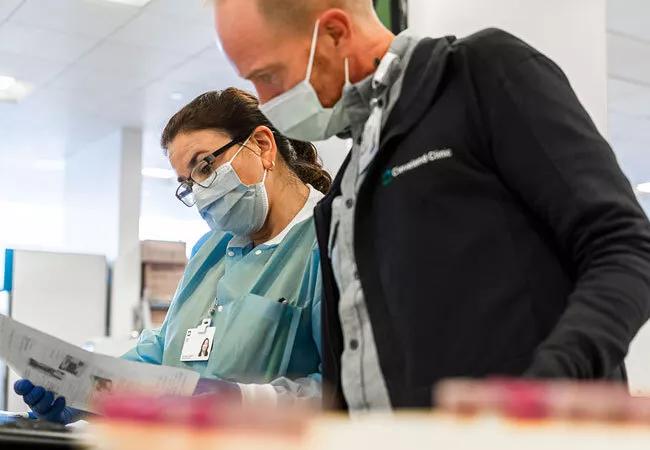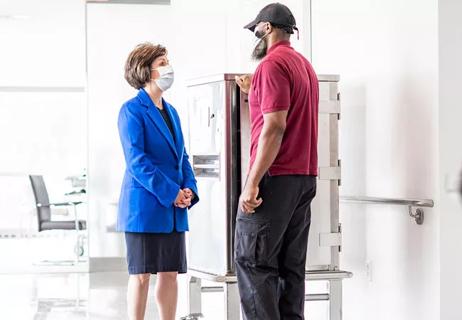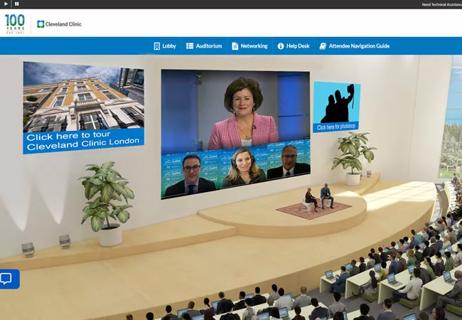Advertisement
Routine conversations build trust and employee engagement

A Gallup report on what characterizes great managers found that employees whose managers hold regular meetings with them are almost three times as likely to be engaged than employees whose managers do not.
Advertisement
Cleveland Clinic is a non-profit academic medical center. Advertising on our site helps support our mission. We do not endorse non-Cleveland Clinic products or services. Policy
“One of the most fundamental management practices is checking in with employees,” explains Joe Rak, Senior Director of Talent Management at Cleveland Clinic. “It sounds easy, but there is a lot of nuance to doing it right.”
“When you allow an employee to have ownership of their own work, checking in becomes about aligning goals and removing any roadblocks,” says Rak.
Building trust in this way shifts the dynamic from micromanaging an employee – which is disengaging and involves delegating responsibility – to having them on your side, he adds.
“People want clarity in their jobs,” says Rak. “When caregivers have clarity and feel empowered, they accomplish much more than if they are left to guess at priorities and hope they get them right.”
In the past, Cleveland Clinic conducted midyear and end-of-year reviews to discuss employees’ annual goals; however, managers found they had more engaging dialogue with employees when they checked in informally. As a result, the health system introduced a process that includes three opportunities for engagement: the existing, standard check-in; “stay” interview; and team engagement interview.
“The idea behind the methodology is to provide managers with better guidance and more tools for checking in with their employees,” says Rak.
The frequency of check-ins depends on the nature of the work and how often it changes.
“On a nursing unit, where the census changes frequently and we need to react quickly, the check-ins may be hourly or daily,” says Rak. “If a building and property team is working on a long-term project with a well-developed plan, check-ins may happen less frequently.”
Rak offers advice for those who want to implement a check-in process:
Advertisement
“There are lots of components to being a good manager. But if you have mastered the check-in, you’re probably in good shape,” concludes Rak. “It’s crucial to have effective conversations that let your employees know how important they are.”
Advertisement
Advertisement

Hospital leaders foster connectivity, transparency to create new remote work strategies

Focus strategies on listening, connecting and developing

Virtual summit brings together a team of teams

Engagement should be a top priority for leaders

Hiring experts encourage job seekers to ask probing questions during the interview process

Members focus on recruiting and retaining diverse workforce

Helping Cleveland-area patients become caregivers

Recruiters use candidate-centric approach to meet job seekers’ needs